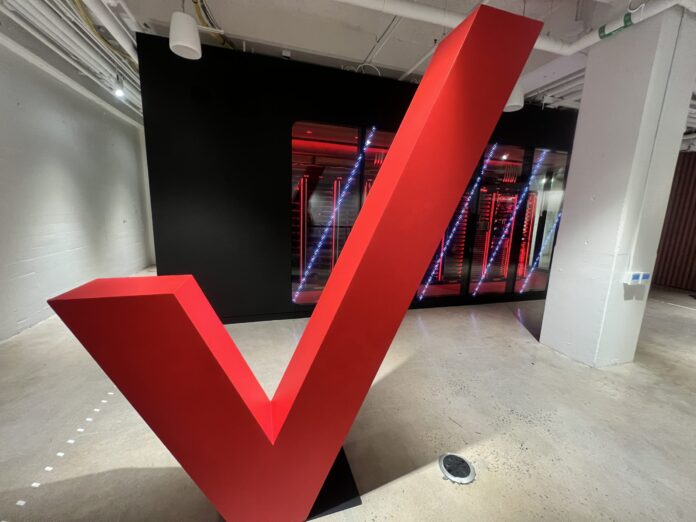5G Standalone opens up opportunities for automation, network slicing, RedCap
In 2023, Verizon activated a good deal of its deep C-Band spectrum holdings, expanded the footprint of its fixed wireless access home broadband product, and extended its Verizon Cloud Platform from centralized data centers to many of its radio access network (RAN) sites. Expect more of that this year, according to Verizon’s Adam Koeppe, senior vice president of network planning.
And, Koeppe said, 2024 “will be a big year for 5G [Standalone] core,” which opens up opportunities around network slicing, support for 5G Reduced Capability (RedCap), and otherwise provides network efficiencies and performance improvements. Verizon has begun moving commercial traffic onto its converged 5G core which handles 4G traffic, data flows over the 5G Non-standalone network and the cloud-native 5G Standalone network.
As to the timing, Koeppe said compatible devices in-market are hitting a ramp this year. The alignment between network capabilities and device support is “starting to reach good momentum so we can pair devices with the radio access network with the core—all SA capable—and when we do that at the same time like we’re doing now, it makes for a very efficient upgrade of the network.”
Last year Verizon tested network slicing with Axon, demonstrating sustained performance levels for mission critical connectivity; live video streams from Axon mobile cameras used a dedicated slice of Verizon’s network in Phoenix to provide law enforcement with better situational awareness. During the first-ever F1 Las Vegas Grand Prix, Verizon demoed slicing for video streaming of race-related content to a beta-stage Verizon app. The idea here was to provide dedicated connectivity in an otherwise complex, high-traffic network usage environment.
With 5G Standalone, “Our goal is ensure an equal to or better than experience than we deliver to our customers today,” Koeppe said. “I also remind the business often that we’re going to use network slicing regardless of commercialization opportunities because we know it’s a very efficient way to serve traffic…The use cases we’ve highlighted are just the tip of the iceberg. Our goal for the year is really to tease out those use cases, figure out which ones can create monetization opportunities and let the business…find the ones that are going to resonate in the market and create differentiated value.”
The big idea with 5G Standalone is creating an end-to-end cloud-native network where resources can be dynamically scaled up or down and pegged to specific service level agreements. The long goal with network slicing is allowing customers to order connectivity in a cloud-like, on-demand fashion. For operators, 5G Standalone is at a high level the most efficient way to serve traffic, as Koeppe said. This idea of an agile network that can be manipulated in near real time also has implications for the telco workforce.
Koeppe described an architectural approach wherein commodity hardware supports cloud management software and telecom-centric software. “From a talent development standpoint,” he said, “we look at people that can work in one aspect of that environment and can probably seamlessly transition to another.” Given the underlying cloud architecture spanning core, RAN and far edge, “having that commonality across the architecture has been extremely beneficial.”
As for the automation and orchestration piece, Koeppe said the shift is from manually telling the network what to do to identifying and automating repetitive, predictable tasks. For the workforce, “Automation and orchestration lets them get their fingers off the keywords” and focus on more high-value tasks that require human intelligence and critical thinking.

